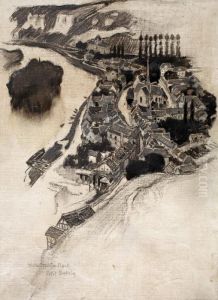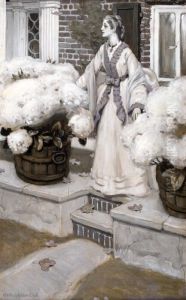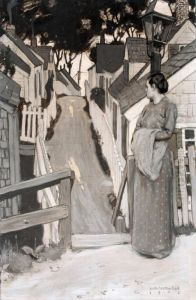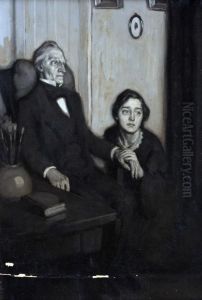Walter Appleton Clark Paintings
Walter Appleton Clark was an American illustrator and figure artist born on January 26, 1876, in Worcester, Massachusetts. He was recognized for his contributions to the Golden Age of American Illustration, a period that spanned from the late 19th century to the early 20th century. Clark's work was characterized by its vivid realism, keen attention to detail, and often reflected the social issues and lifestyles of his time.
Clark showed early artistic promise, which led him to pursue formal education in the arts. He studied at the Art Students League of New York, an institution known for training many prominent American artists. There, he was taught by influential instructors such as Walter Shirlaw and William Merritt Chase, who were known for their own contributions to American art. Additionally, Clark furthered his studies in Paris at the Académie Julian, a popular school among American and international artists seeking to refine their skills in the Beaux-Arts tradition.
After his studies, Clark quickly gained recognition for his illustration work, which was featured in various prominent magazines of the time, such as Scribner's, Harper's, The Saturday Evening Post, and Collier's Weekly. His illustrations often accompanied stories and articles, providing visual narratives that enhanced the texts. Clark's ability to convey emotion and his meticulous rendering of textures and fabrics made his illustrations stand out.
Beyond magazine illustration, Walter Appleton Clark also created posters and book illustrations. His style adapted well to the demands of different media, allowing his artwork to reach a wide audience. Despite his career being cut short, Clark's impact on American illustration was significant. He was able to capture the essence of an era that was undergoing rapid social and technological changes.
Tragically, Walter Appleton Clark's life and career were brief. He died at the young age of 30 on December 27, 1906, after contracting typhoid fever. His untimely death deprived the art world of a talented artist who had already achieved much and had great potential for future contributions. Today, his work remains a testament to the talent and skill of illustrators during the Golden Age of American Illustration.

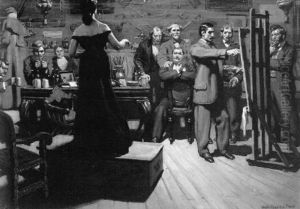
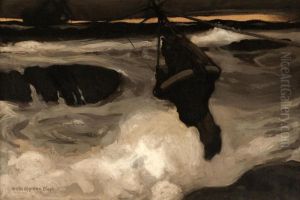
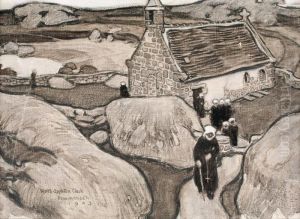
![[Men in Rowboat]](https://www.niceartgallery.com/imgs/4563413/s/walter-appleton-clark-men-in-rowboat-95695b7.jpg)
